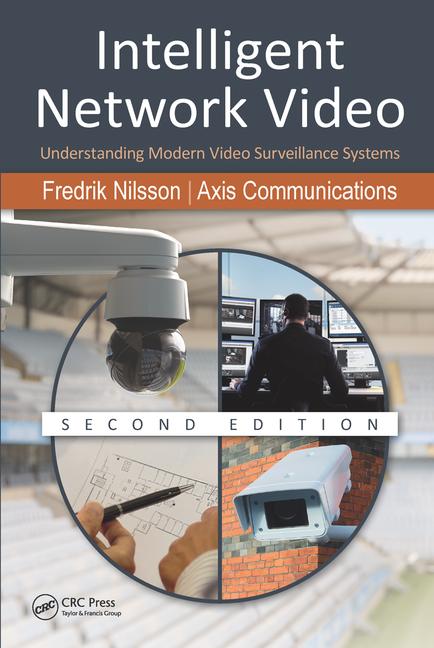Comparing DVRs and NVRs: Which is Better?

Advances in IP video technology have expanded the use of video surveillance from the closed circuit television (CCTV) application, to applications that can improve virtually every aspect of a business – streamlining operations to increased protection and safety of facilities, inventory and staff. However, the ultimate value of surveillance systems is dependent on the critical video storage and recovery element, ensuring video data can be reviewed and analyzed long after an event has occurred. Video storage systems initially used magnetic tapes, however surveillance systems today use hard drives in two very different video recording systems – digital video recorders (DVRs) and network video recorders (NVRs).
DVRs first appeared in early 2000; NVRs appeared a few years later. The differences between the two technologies are significant.
DVRs need to be located near video cameras, because the camera feeds have to be hard wired into the DVR. In comparison, with NVR's they can be located far away from the video camera locations, thereby ensuring that the video data storage is very secure. Adding a video camera to an NVR is easily achieved by simply connecting an IP video camera to the local IP network. The NVR takes care of setting up the IP link to the video camera; many NVR's have built in tools that enable a data path through firewalls.
Most DVRs are based on proprietary hardware which can quickly become outdated relative to functionality and performance, supporting only a single hard disk where all the critical video data is stored. In the event of a hardware failure, the DVR unit has to be returned to the manufacturer or swapped out with a spare (if available). With a hard drive failure, unless the data is backed up on a daily basis, a failure can result in the catastrophic and permanent loss of all video recordings. It may not be discovered until a later date that the hard drive failed and the critical video data was never recorded. NVRs are typically PC or server-based, and are highly scalable. They can easily be repaired on site, and can be upgraded to the latest technology. Most importantly, NVRs have RAID configured hard drives that replicate the video data on a number of hard drives, creating redundancy and avoiding lost data. Being PC or server-based, the NVR system operates on the latest computer technology consuming lower power (less heat) and delivering higher reliability, supported by Linux or Windows operating systems.
Although a DVR is referred to as a "digital" device,this only applies to the compression and storage element of the DVR, not the video images which are transmitted as analog. NVRs store digital images that are received directly from the IP cameras in the network. These digital images can be analyzed via a web browser, without additional application software. This makes it easy to review and retrieve video images, from any computer or smart phone at any location. NVR's can record real-time video images and playback previously recorded video images simultaneously, by multiple concurrent users, independently of each other. In motion detection mode, NVRs can be programmed to only respond to movement in specific areas of the camera image.
Some NVRs can superimpose external data, such as temperature measurements, ID information and, cash register data, on the video image. Companies often use this feature to verify that employees are indeed only clocking in for themselves. Retail stores use NVRs to confirm that cashiers are entering the correct prices for items. External devices, such as motion detectors and door alarms, can provide alerts through the video surveillance system, instead of relying solely on video motion detection.
With NVRs, because the video image is digital, when used in conjunction with high resolution cameras, it is possible to zoom into a small area on the recorded digital image - for instance, reading the tag plate on a vehicle - without significant loss of image quality.
In summary, although DVRs offer many useful features, NVRs due to their versatility and fault tolerant architecture are more reliable, addressing both present and future requirements.
Looking for a reprint of this article?
From high-res PDFs to custom plaques, order your copy today!









